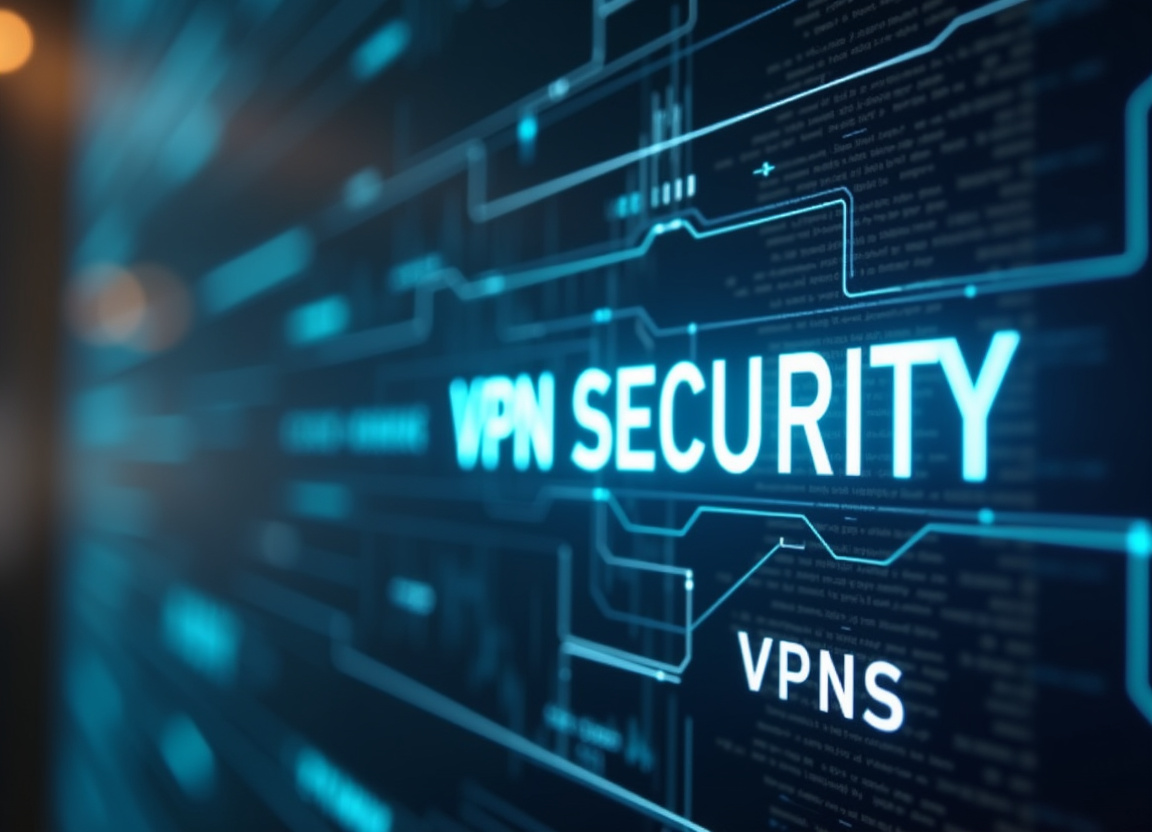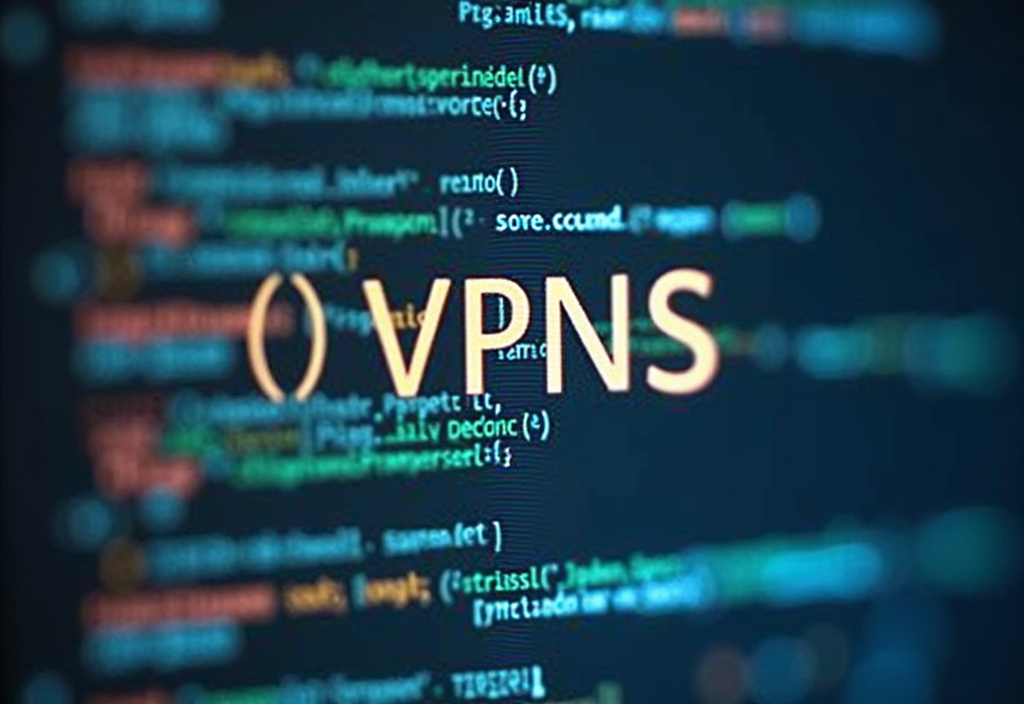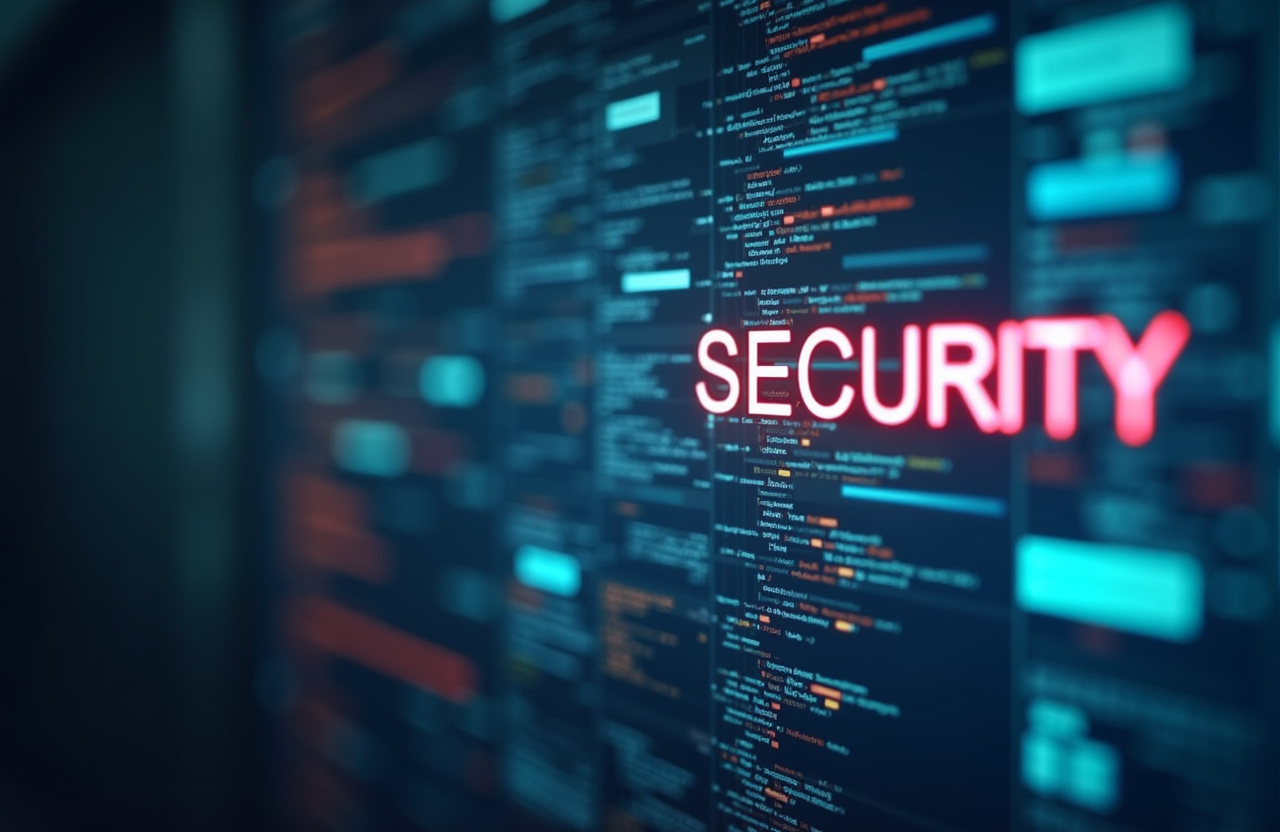VPNs for Higher Education: Securing Campus Networks

Table of Contents
higher education VPN
In the increasingly interconnected world of higher education, where research, collaboration, and learning transcend geographical boundaries, the security of campus networks has become paramount. Universities and colleges are treasure troves of sensitive data, including student records, faculty research, financial information, and intellectual property. This wealth of information makes them attractive targets for cyberattacks, ranging from data breaches and ransomware attacks to intellectual property theft and denial-of-service attacks.
The very nature of academic institutions, with their open environments fostering collaboration and free exchange of information, necessitates a robust yet flexible security infrastructure. To safeguard their digital assets and ensure a secure learning and research environment, higher education institutions are turning to Virtual Private Networks (VPNs) as a crucial component of their cybersecurity strategy. A robust implementation goes beyond simply encrypting data; it establishes a secure tunnel between users and the campus network, effectively shielding data from prying eyes and mitigating various security threats.
This article delves into the critical importance of VPNs in higher education, systematically exploring their multifaceted benefits. We will carefully examine how VPNs bolster by creating encrypted pathways for data transmission. Furthermore, this article will articulate how VPNs contribute to enhanced by shielding sensitive personal information and academic records from unauthorized access.
The role of VPNs in strengthening will also be highlighted, with an emphasis on protecting research data, intellectual property, and confidential communications. This exploration will encompass an analysis of different VPN types, including remote access and site-to-site configurations, examining their suitability for various campus needs. We will weigh different deployment strategies and propose best practices for maintaining a secure and reliable network environment.
A comprehensive examination of VPN protocols currently available will be crucial, covering the strengths and weaknesses associated with each protocol and their implications for data security. Discussions of appropriate VPN software solutions, focusing on centralized management, user authentication, and threat detection capabilities, will also be provided. The article will delve into the complexities of crafting and implementing VPN usage policies that reflect the specific character of the University while ensuring compliance with data privacy regulations.
A central point of consideration is navigating the intricate balance between fostering academic freedom and maintaining the confidentiality of sensitive information. Finally, we aim to illuminate how a well-integrated VPN solution contributes to bolstering the overall security posture of universities and ensuring the continuity of academic operations in the face of ever-evolving cyber threats. By embracing a holistic security approach underpinned by robust VPN infrastructure, institutions can cultivate a secure digital ecosystem that fosters innovation, collaboration, and academic excellence.
This, in turn, allows students and faculty to focus on their core missions – learning, research, and teaching – without the constant worry of data breaches or compromised network access. The integration of VPNs within a broader cybersecurity framework not only protects valuable institutional assets but demonstrates a commitment to data privacy and responsible data management, fostering trust among students, faculty, and the wider academic community.
higher education VPN
The necessity for VPNs in higher education stems from the inherent vulnerabilities of campus networks. These networks, often sprawling and diverse, connect a multitude of devices, including personal laptops, smartphones, tablets, and research equipment, creating numerous potential entry points for malicious actors. The open nature of many campus networks, designed to facilitate collaboration and accessibility, inadvertently increases the attack surface.
Students and faculty frequently access the internet via unsecured Wi-Fi networks, both on and off-campus, making their data vulnerable to interception. The proliferation of Internet of Things (IoT) devices, such as smart thermostats and security cameras, further complicates the security landscape, introducing new vulnerabilities that can be exploited by cybercriminals. A addresses these challenges by creating an encrypted tunnel that protects data transmitted between users and the university's network.
This prevents eavesdropping, data tampering, and man-in-the-middle attacks, ensuring the confidentiality and integrity of sensitive information. The layered security architecture of a VPN strengthens the institution's defense against a wide range of cyber threats, mitigating risks associated with unsecured network access. For , a VPN safeguards their personal data, academic records, and financial information from potential breaches.
Students often access online learning platforms, submit assignments electronically, and conduct research using campus networks. Without a VPN, this data could be vulnerable to theft or unauthorized access. Phishing attacks, which target students with deceptive emails designed to steal credentials, are a common threat.
By encrypting their internet traffic, a VPN helps students protect their online identity and prevent unauthorized access to their accounts. This added layer of security makes it more difficult for attackers to intercept sensitive information or track their online activity. Moreover, a VPN can bypass geo-restrictions, allowing students to access educational resources that may be blocked in their region.
This is particularly beneficial for international students or those studying abroad, enabling them to seamlessly access course materials and participate in online discussions, regardless of their physical location. The ability to circumvent censorship and access blocked websites is a valuable asset for students engaged in research or academic pursuits. Similarly, is enhanced through the use of VPNs.
Faculty members frequently handle sensitive research data, grant proposals, and confidential communications. A VPN protects this information from unauthorized access or interception, ensuring the integrity of academic research and preventing intellectual property theft. Research data, often containing proprietary information or groundbreaking discoveries, is a prime target for cyber espionage.
By encrypting data in transit, a VPN makes it significantly more difficult for malicious actors to steal or tamper with research findings. Furthermore, VPNs enable faculty to securely access university resources, such as internal databases and research servers, from off-campus locations, facilitating remote work and collaboration. The flexibility of a VPN allows faculty to maintain productivity and access critical resources regardless of their location.
By providing a secure connection to the campus network, a VPN allows faculty members to conduct their research and teaching activities without compromising the security of sensitive data. The implementation of a VPN also aligns with data privacy regulations, such as GDPR and FERPA, which require institutions to protect the personal data of students and faculty. Demonstrating compliance with these regulations is essential for maintaining trust and avoiding costly penalties.
Enhancing Security and Privacy: The Role of VPNs in Protecting Student Data
Different types of VPNs cater to diverse needs within the higher education environment. Site-to-site VPNs connect entire campus networks, creating a secure link between different departments, research labs, or branch campuses. This type of VPN is ideal for organizations with multiple locations, enabling seamless data sharing and collaboration while maintaining a high level of security.
Information can be quickly and safely transferred between different buildings or even separate campuses that are geographically separated. This form of connection avoids the complexity and risk of directly exposing internal services onto the public internet. Remote access VPNs, on the other hand, allow individual users to connect securely to the campus network from off-campus locations.
This type of VPN is essential for students, faculty, and staff who need to access university resources while traveling, working from home, or using public Wi-Fi networks. The flexibility offered by remote access VPNs supports the modern academic environment, where learning and research frequently occur outside the physical boundaries of the campus. Choosing the right VPN protocol is crucial for ensuring optimal security and performance.
Several protocols are commonly used in VPN implementations, each with its own strengths and weaknesses which can be selected based on campus needs and user concerns. IPsec (Internet Protocol Security) is a widely used protocol known for its strong security and interoperability. It provides encryption and authentication for IP packets, protecting data transmitted over the VPN tunnel.
It can operate in two modes – transport and tunnel – that allows it to adapt to the network topology. OpenVPN is an open-source protocol that offers a high level of customization and security. It is compatible with various operating systems and devices, making it a versatile choice for higher education institutions.
It can be configured to use various encryption algorithms and authentication methods, allowing administrators to tailor the VPN implementation to meets their specific security requirements. WireGuard is a relatively new protocol that is gaining popularity due to its speed, simplicity, and strong security. It is designed to be more efficient than traditional VPN protocols, making it a good option for resource-constrained devices.
It uses state-of-the-art cryptography and is designed to be easy to deploy and configure. Selecting the appropriate VPN software is equally important for maintaining overall security. Many commercial VPN solutions are available, offering features such as centralized management, user authentication, and intrusion detection.
Centralized management allows IT staff to easily monitor and control VPN connections, ensuring that security policies are enforced. User authentication verifies the identity of users before granting access to the VPN, preventing unauthorized access to sensitive data. Intrusion detection systems monitor network traffic for malicious activity, providing early warning of potential security breaches.
However, open-source VPN solutions, such as OpenVPN Access Server, provide greater flexibility and customization options. Open-source solutions allow institutions to tailor the VPN implementation to their specific needs, without being constrained by the limitations of commercial products. Ultimately, the best VPN solution for a higher education institution will depend on its specific needs, budget, and technical expertise.
Considerations when choosing a server location are related to legal restrictions and user location; it is important to choose server locations appropriate to both. Most VPNs will allow the user to choose a server in any country, with the exception of sanctioned regions and nations.
VPN for universities
Implementing a requires careful planning and execution. The first step is to assess the institution's security needs and identify potential vulnerabilities. This involves conducting a thorough risk assessment to determine the types of data that need to be protected, the potential threats, and the existing security measures.
The risk assessment should consider both internal and external threats, as well as the potential impact of a security breach. Based on the risk assessment, the institution can develop a comprehensive VPN implementation plan. This plan should outline the scope of the VPN deployment, the types of VPNs to be used, the VPN protocols to be implemented, and the software and hardware requirements.
It should also include a detailed budget and timeline for the implementation. Before deploying the VPN, it is crucial to develop clear and comprehensive VPN usage policies. These policies should define the acceptable use of the VPN, the types of activities that are prohibited, and the consequences of violating the policies.
The policies should also address data privacy regulations, ensuring that the institution complies with all applicable laws. Effective user training is essential for ensuring that students, faculty, and staff understand how to use the VPN and why it is important. Training sessions should cover topics such as how to connect to the VPN, how to troubleshoot common problems, and how to protect their data while using the VPN.
Ongoing security awareness campaigns can help to reinforce the importance of VPN usage and keep users informed about the latest security threats. Integrating the VPN with existing security systems, such as firewalls and intrusion detection systems, is crucial for providing a layered security approach. This integration ensures that the VPN works seamlessly with other security measures to protect the campus network.
Firewalls can be configured to allow only authorized VPN traffic, preventing unauthorized access to the network. Intrusion detection systems can monitor VPN traffic for malicious activity, providing early warning of potential security breaches. Regular monitoring and maintenance are essential for ensuring that the VPN remains secure and reliable.
This includes monitoring VPN logs for suspicious activity, patching vulnerabilities, and updating VPN software and hardware. Regular security audits can help to identify and address potential weaknesses in the VPN implementation. Performance testing should also be conducted to ensure that the VPN is not negatively impacting network performance.
Addressing bandwidth considerations is especially critical: heavy VPN usage can strain the network, so universities need to ensure sufficient available bandwidth for optimized VPN performance. This may necessitate upgrading network infrastructure or carefully managing VPN traffic through techniques like Quality of Service (QoS) prioritization for video conferencing. The IT department or a Managed Service Provider will have to provide dedicated support to VPN users.
Establishing a clear help desk system and providing readily available resources for troubleshooting common connection issues is critical for user satisfaction and adoption of the VPN service. This includes the development of comprehensive FAQs, online tutorials, and a responsive support team that can resolve issues quickly.
higher education VPN
In conclusion, VPNs are an indispensable tool for securing campus networks and protecting the sensitive data of students, faculty, and staff in higher education institutions. By creating encrypted tunnels and providing secure access to university resources, VPNs mitigate a wide range of cyber threats, including data breaches, ransomware attacks, and intellectual property theft. The strategic implementation of a significantly strengthens , offering robust and reinforcing .
Selecting the appropriate VPN type, protocol, and software is crucial for optimizing security and performance. Site-to-site VPNs provide secure connections between different campus locations, while remote access VPNs enable secure access from off-campus locations. Protocols like IPsec, OpenVPN, and WireGuard offer varying levels of security and performance, and the choice depends on the institution's specific needs.
Robust VPN software, whether commercial or open-source, should include features such as centralized management, user authentication, and intrusion detection. Effective implementation requires careful planning, clear policies, comprehensive user training, and integration with existing security systems. A thorough risk assessment should guide the VPN deployment, identifying potential vulnerabilities and prioritizing security measures.
VPN usage policies should clearly define acceptable use and prohibit risky activities, while also complying with data privacy regulations. User training is paramount to ensure that students, faculty, and staff understand how to use the VPN and why it is essential for protecting their data. Regular monitoring and maintenance are crucial for maintaining the security and reliability of the VPN.
Continuous monitoring of VPN logs, security audits, and performance tests allows for swift responses to emerging threats and performance degradation. Looking ahead, the evolving threat landscape will likely necessitate further advancements in VPN technology. Enhanced encryption algorithms, improved authentication methods, and more sophisticated threat detection capabilities will be crucial for staying ahead of cybercriminals.
Integration with cloud-based security services, such as Security Information and Event Management (SIEM) systems and threat intelligence platforms, will provide institutions with a holistic view of their security posture. Moreover, as remote learning and research become increasingly prevalent, VPNs will play an even more critical role in ensuring secure access to university resources from anywhere in the world. Higher education institutions must prioritize VPN deployments as an essential layer of cybersecurity defense, reflecting a proactive rather than reactive approach.
By embracing a proactive security approach and continually adapting to the evolving threat landscape, higher education institutions can create a secure digital environment that fosters innovation, collaboration, and academic excellence. The commitment to data privacy and responsible data management not only protects valuable institutional assets but builds and sustains trust within the academic community. Ultimately, the investment in VPN technology is an investment in the future of higher education, enabling students and faculty to thrive in an increasingly interconnected and complex world.
Stay Updated
Get the latest VPN news, tips, and exclusive deals to your inbox.




